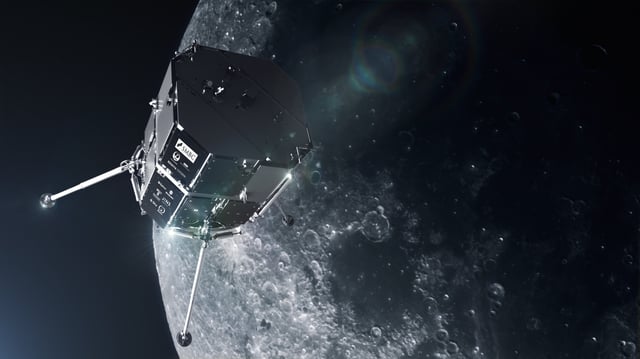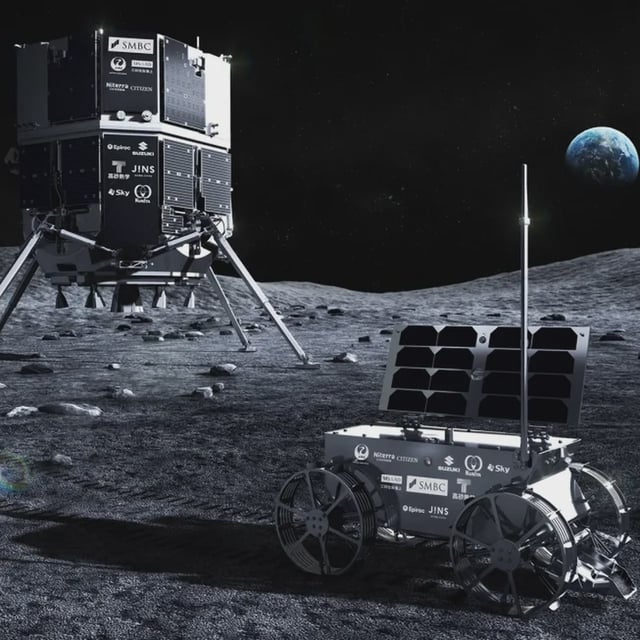Overview
- Resilience lost contact during its descent and failed to achieve a soft landing at Mare Frigoris, marking ispace’s second lunar crash in two years.
- The company attributes the mishap to a malfunctioning laser device that mismeasured altitude and left the lander unable to slow adequately before impact.
- Onboard payloads included the 5 kg Tenacious rover built for NASA regolith sampling and a miniature ‘Moonhouse’ art piece by Swedish artist Mikael Genberg.
- Launched in January aboard SpaceX’s Falcon 9 and using a five-month low-energy transfer, the mission cost less than ispace’s prior $100 million-plus effort.
- CEO Takeshi Hakamada apologized for the setback and affirmed plans to launch two upgraded Apex 1.0 landers in 2027



